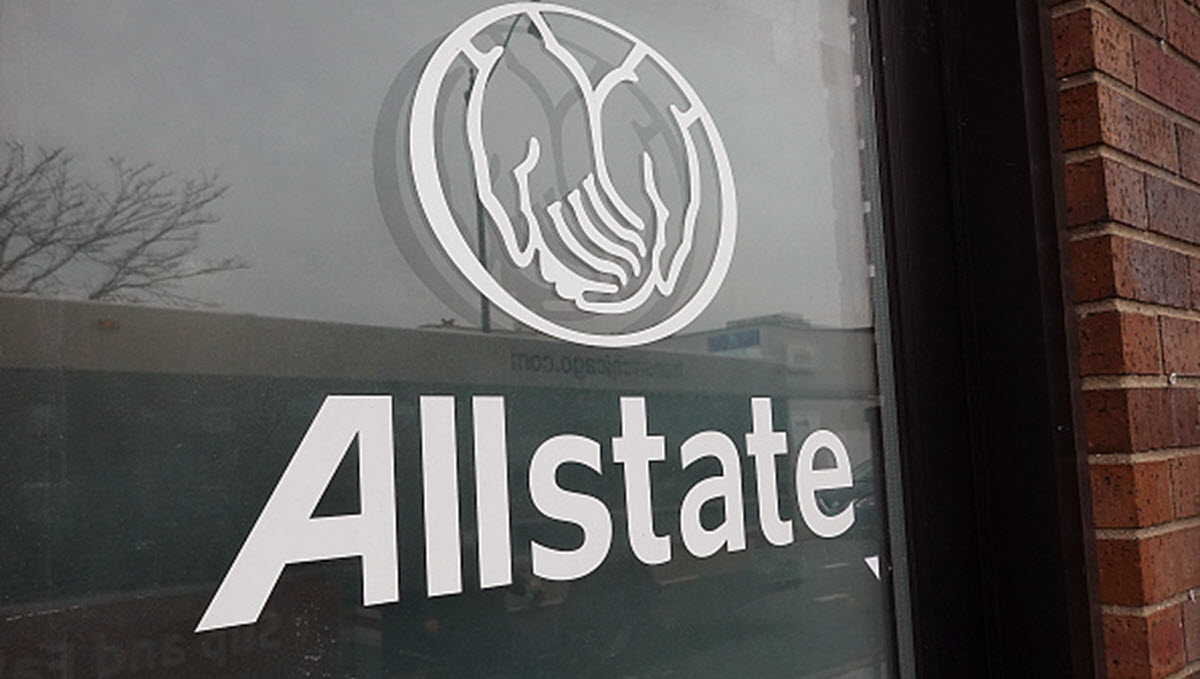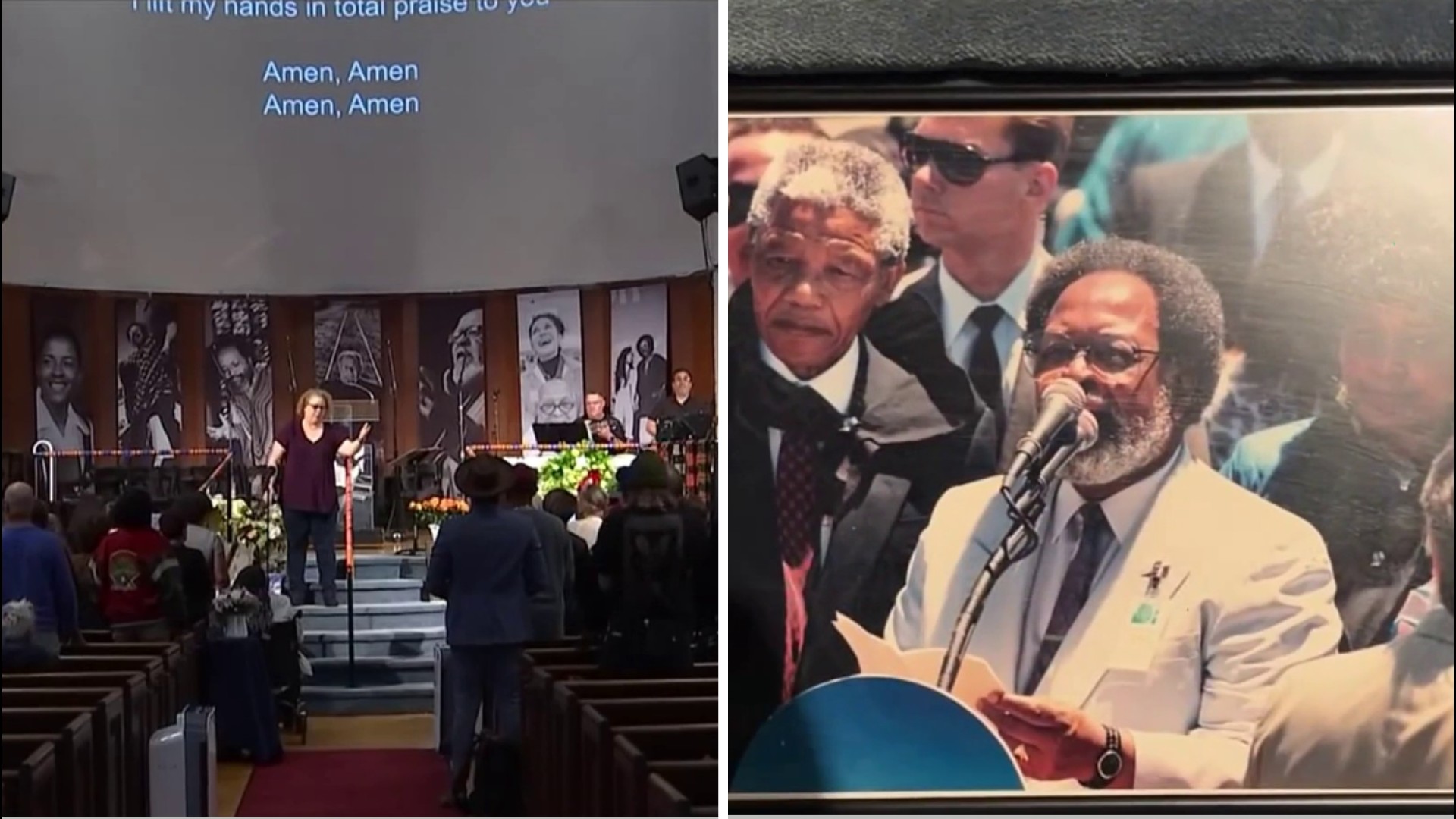Most San Franciscans regard it as the gray fortress on the hill. Wrapped in high fences of barbed wire and with little signs of humans, the “granite lady” looming over Market Street has all the charm of a thumb tack welcome mat.
But in a rare nod to history, the government on Tuesday opened San Francisco’s U.S. Mint to journalists, on the occasion of its 75th birthday.
Past the gates and layers of intense security, revealed a churning government factory making nothing but money. “Probably in a year we make close to 60 million coins,” said Larry Eckerman, a former Navy pilot who now heads the government facility.
The coins made here aren’t your average pocket change. Since the 60s, San Francisco’s Mint has turned-out high quality coins meant for the collector’s market.
“We make the proof coins that represent the coins you have in your pocket,” said Eckerman. “But when you look at a proof coin you go ‘wow, it’s so shiny.
To mark the anniversary of its dedication on May 15, 1937, treasury officials held a ceremony in its art-deco inspired lobby. Following a flag dedication by the Mint Police force, it was off to the factory floor where workers minted a rare pair of silver 2012 American Eagle collector coins.
“It’s great to be part of what America is known for -- beautiful coins,” said Monica Barnes, a 25-year Mint employee.
Local
San Francisco’s minting history started in 1854 when it began turning miner’s gold into coins. The Old Mint on 5th street survived the 1906 earthquake and continued to function until its replacement opened in 1937.
The new Mint continued to make circulation coins until the late sixties when its role turned to manufacturing collector coins.
In the decades since its opening, computers, automation and lasers have replaced many of the roles of its workforce. The job of turning large batches of blank coins into highly minted coins used to take nearly 1,500 hours. The same task now takes about 30 hours.
Inside a room lined with machines, a pair of workers fed the silver coins into a press. As the 100 year old artwork, supplied by the Philadelphia Mint, was pressed into the coin, another worker in white gloves gingerly picked up the coin and inspected it under a magnifying glass. The scrutiny is intense says Eckerman, because it’s one of the few occupations where mistakes are far more valuable than a perfect product.
“Collectors are out there just hoping we’ll make a mistake,” said Eckerman. “It’ll get out and they’ll have a coin that’s worth millions of dollars.”
The more than 300 government workers toiling away in the industrial complex say they’re driven by a dogged pursuit of perfection.
“I consider myself and my crew 21st century artisans and blacksmiths making American artwork and history through coins,” said Carlos Dumpit, a second-generation Mint manager.
Many of the coins coming out of the Mint will bear a highly prized ‘S’ mark, for San Francisco. Of the nation’s four Minting facilities, San Francisco’s “S” mark is the longest in continual use.
“We’ll go back a hundred years from now and go ‘wow’ look at that coin that came from san Francisco with the ‘S’ mint mark,” said Eckerman. “I wonder what it was like in san Francisco in 2012?”



